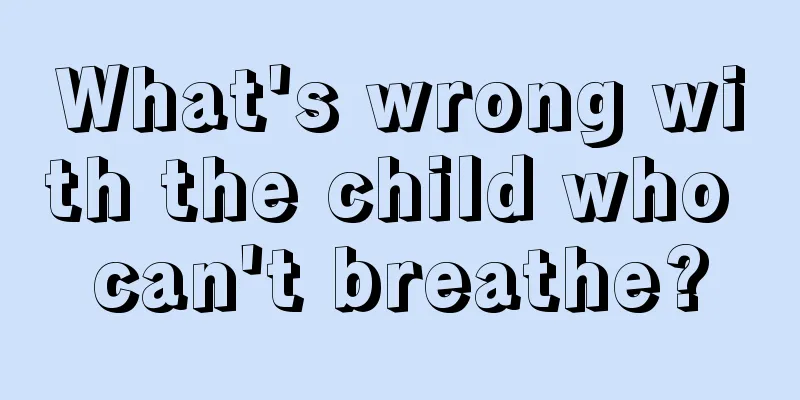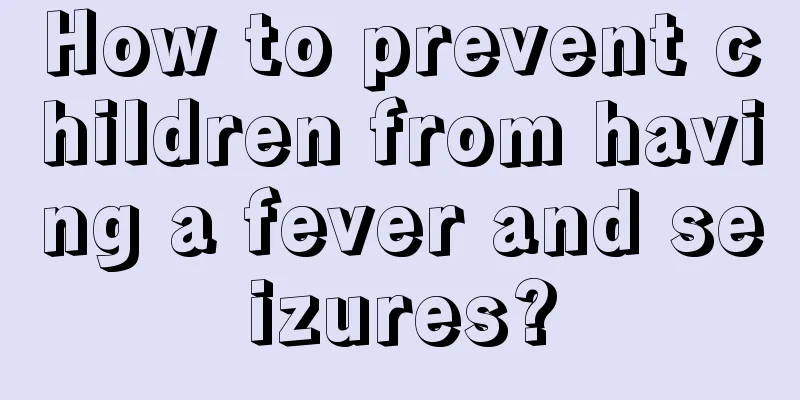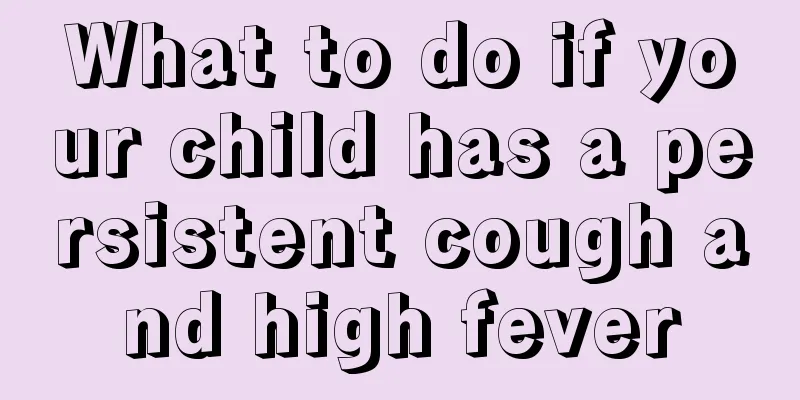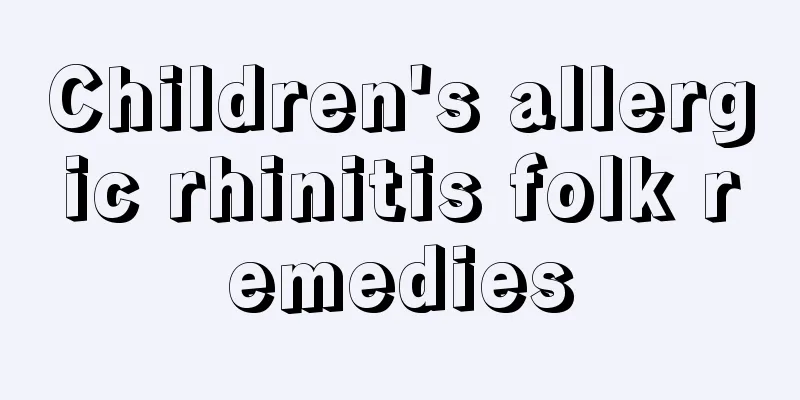The baby has a red spot on his arm and it is hard

|
Parents with children will be very concerned about their children's physical health. Sometimes when a child coughs, parents will become very nervous. Your baby may have red and hard bumps on his arms. Parents may think that their children may have been bitten by mosquitoes. In fact, if there are hard red spots on the baby's arms, you must pay attention to it. Because it might be infantile exanthema. Roseola infantum, baby roseola. It is what people often call "burn rash". It is caused by a viral infection, transmitted through the respiratory tract, and often spreads in nurseries. It is most common in winter and spring. The age of onset is generally between 6 months and 2 years of age. The characteristic of baby roseola is "rash appears after the fever subsides". The child suddenly develops a high fever, and the temperature can rise to 39-41 degrees. Although the children have a high fever, they are in good spirits and some may have mild symptoms such as coughing, vomiting, and diarrhea. High fever usually lasts for 3-5 days, and then the body temperature suddenly drops and a rash appears when the body temperature drops, that is, the rash appears when the fever subsides or the rash appears when the fever subsides. The rash is characterized by small red spots scattered all over the body, more on the trunk and less on the face and below the elbows and knees. The rash will appear within 24 hours and disappear completely after 1-2 days. The rash disappears without leaving any trace. The rash is accompanied by swollen lymph nodes in the neck, behind the ears, and behind the back of the head, but there is no tenderness. It lasts for several weeks and gradually disappears after the fever subsides. Before the rash appears, roseola infantum is difficult to diagnose and is easily misdiagnosed as a respiratory infection, and is given anti-inflammatory, antipyretic, and antitussive treatments. Parents don't have to worry as it won't delay their child's condition. Because roseola infantum generally has few complications, it is an acute, rash-causing infectious disease with a good prognosis and does not require special treatment after becoming ill. After parents understand the characteristics of roseola infantum, they will feel that roseola infantum is not scary. When children aged 6 months to 2 years have unexplained high fever, they should consider the possibility of roseola infantum. There is no need to go to the hospital frequently due to high fever to avoid cross infection with other diseases. Make sure the child drinks plenty of water, eats easily digestible liquid food, and takes antipyretics in time when the fever is high to prevent convulsions. When the rash appears, the disease is cured. |
<<: Is it normal for a 5 and a half year old to lose teeth?
>>: The order in which children lose their teeth
Recommend
What should I do if my child has a hoarse voice?
If a child has a hoarse voice, it is probably cau...
What medicine should children take for cold and cough
Babies are very likely to develop coughing sympto...
Why does my child keep sniffing his nose when he doesn't have any snot?
Many mothers have made this discovery: they clear...
Can children eat mushrooms?
Children can eat some mushrooms appropriately in ...
This treatment for enuresis in children is too strong
Children are usually the treasures of the whole f...
What are the symptoms of nasal polyps in children?
Nasal polyps are actually not very common in chil...
Analysis of the reasons why children cry at night
Many children cry at night, which makes their par...
What should I do if my child has asthma?
Children's asthma problem should be paid atte...
What should I do if my child always gets a stitch in the side?
Children are different from adults. Some children...
What should I do if my child has a fever of 39 degrees at night?
Once a child has a fever, we will be very worried...
Massage method for baby's throat inflammation
It is quite common for babies to have sore throat...
My baby's face is red and hot. What's the problem?
One side of the baby's face is always very re...
Why does my three-month-old baby have a dry cough?
Since babies are born not long ago, their bodies ...
What should I do if my two-year-old baby has bad breath and refuses to eat?
Two-year-old babies are very effective and very w...
When should you brush your baby's teeth?
Every day when the baby sees his parents brushing...









